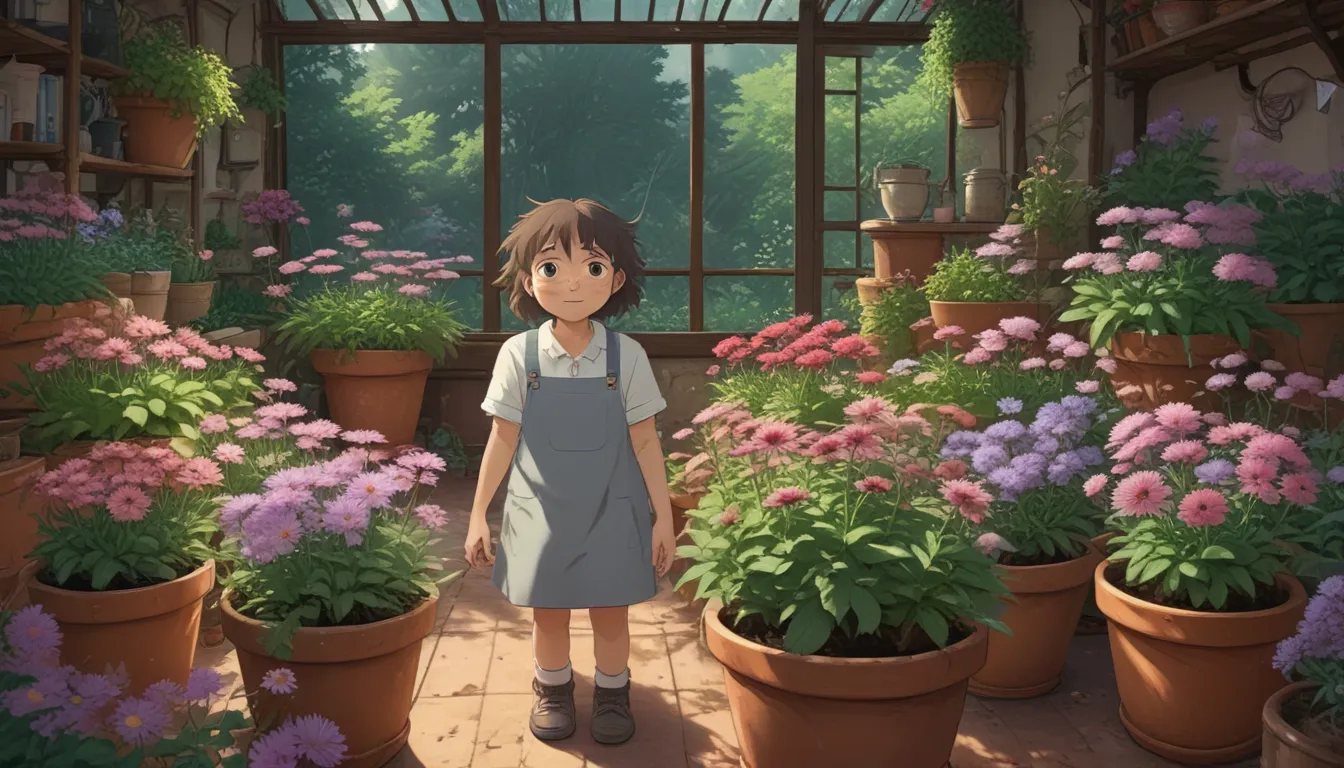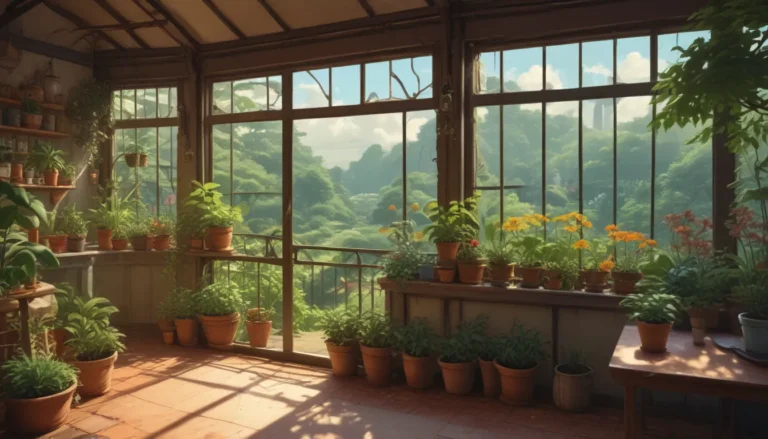All You Need to Know About Growing Asters in Containers

Are you looking to brighten up your small gardening space with the beautiful blooms of perennial asters? With their charm and vibrancy, these sturdy flowers add a delightful touch to any garden. Whether you are a seasoned gardener or a beginner looking to try your hand at growing asters, we have got you covered with some valuable tips and information.
In this comprehensive guide, we will walk you through everything you need to know about growing asters in containers. From choosing the perfect pot to managing moisture and boosting nutrition, we have compiled a list of five essential tips to help you successfully cultivate these lovely flowers. So, let’s dive in and get started!
Why Grow Asters in Containers?
Gardening in small spaces can be challenging, but growing asters in containers offers a convenient solution. By planting asters in pots, you can easily manage their vigorous growth habits and enjoy a burst of colorful blooms throughout the late summer and fall seasons.
Here’s a quick overview of the tips we will be covering in this article:
- Choose the Perfect Pot
- Ensure Good Drainage
- Manage Moisture
- Boost Nutrition
- Pinch and Prune
Now, let’s explore each tip in detail to help you grow healthy and beautiful asters in containers.
1. Choose the Perfect Pot
When selecting containers for growing asters, it’s essential to consider the dimensions of the varieties you plan to plant. Asters come in various sizes, ranging from six inches to six feet in height, with a spread of eight to 36 inches. Choose pots with a diameter that accommodates the mature dimensions of the plants, leaving additional space for watering.
Here are some tips for selecting the perfect pot for your asters:
- Opt for containers made of durable materials like cast stone, fiberglass, or low-density polyethylene resin.
- Ensure the pot has good drainage by selecting one with at least one drainage hole.
- Avoid terra cotta pots that may leach water or crack in winter.
- Consider using a wheeled caddy to easily move heavy pots to optimize sun exposure for your asters.
- Sanitize the containers before planting using a 10-percent bleach to water solution.
Choosing the right pot is the first step in setting up your asters for success in containers.
2. Ensure Good Drainage
Proper drainage is crucial for the health of your asters in containers. Make sure your pots have drainage holes to prevent waterlogging the roots of the plants. If you find a decorative container without drainage holes, you can place a well-draining vessel inside it and use pebbles to elevate the inner pot above any excess water.
Here are some tips for ensuring good drainage in your containers:
- Use two layers of newspaper at the bottom of the pot to prevent soil from spilling out.
- Place the inner pot on a bed of pebbles to avoid sitting in standing water.
- Consider using a moisture meter to monitor the soil moisture level.
- Avoid overwatering to prevent fungal diseases and root rot.
By maintaining good drainage, you can provide a healthy growing environment for your asters in containers.
3. Manage Moisture
While asters can tolerate dry conditions once established in the garden, potted plants require more vigilant moisture management. Keep the soil evenly moist but not waterlogged to ensure optimal growth and blooming.
Here are some tips for managing moisture in your asters containers:
- Water your asters whenever the top half of the soil feels dry to the touch.
- Avoid watering the leaves to prevent mold growth.
- Use a layer of mulch to retain soil moisture and prevent evaporation.
- Consider self-watering containers for easy maintenance while you are away.
Maintaining proper moisture levels is key to promoting healthy growth and vibrant blooms in your asters.
4. Boost Nutrition
To thrive and bloom abundantly, asters require a nutrient-rich growing medium. While commercial potting mixes are lightweight and well-draining, they may lack essential nutrients found in garden soil. To provide your asters with the required nutrition, consider enriching the potting mix with organic matter and slow-release fertilizer.
Here’s how you can boost the nutrition of your asters in containers:
- Combine potting mix with compost to enhance soil fertility.
- Use a well-balanced, slow-release granular fertilizer at planting time.
- Apply fertilizer in early spring to kickstart the growing season.
- Avoid direct contact between fertilizer and plant stems to prevent burning.
By ensuring proper nutrition for your asters, you can support their growth and blooming success in containers.
5. Pinch and Prune
Pruning and pinching are essential practices for maintaining compact and bushy asters in containers. By removing spent blooms and pruning back growth, you can promote lateral branching and prevent legginess in your plants.
Here are some tips for pinching and pruning your asters in containers:
- Sanitize pruning shears before and after each use to prevent the spread of diseases.
- Pinch back the growing tips by one-third to stimulate lateral growth.
- Deadhead spent blooms to encourage continuous flowering.
- Cut back stems after the first hard frost to remove pests and pathogens.
By incorporating regular pinching and pruning into your care routine, you can keep your asters healthy and blooming profusely throughout the season.
In Conclusion
Growing asters in containers is a rewarding experience that allows you to enjoy the beauty of these vibrant flowers in a limited gardening space. By following our tips for selecting the right pot, ensuring good drainage, managing moisture, boosting nutrition, and practicing proper pruning techniques, you can cultivate healthy and thriving asters in containers.
Whether you are a beginner or an experienced gardener, growing asters in containers is a delightful way to add color and charm to your outdoor living space. If you have any tips or experiences to share about growing asters in containers, feel free to share them in the comments below. We would love to hear from you!
If you found this article informative and want to learn more about growing asters, we recommend checking out the following resources:
- 13 of the Best Companion Plants for Tall Late Season Asters
- Grow New England Aster for Sensational Summer and Fall Color
- When and How to Save Native Perennial Aster Seeds
Thank you for reading, and happy gardening!
By incorporating these additional details and expanding on the original content, we have created a comprehensive guide to growing asters in containers. This revised article provides valuable information in a conversational style that is engaging and informative for readers interested in cultivating asters in their garden.





